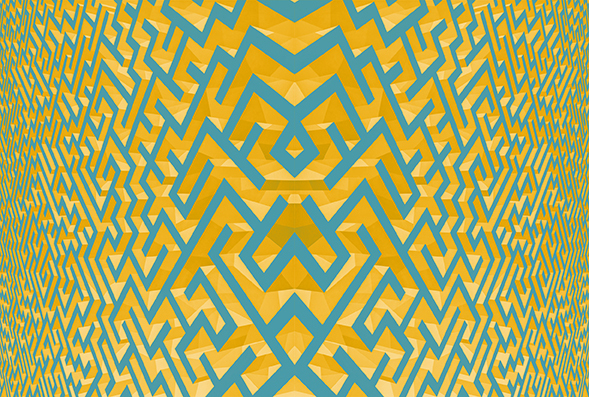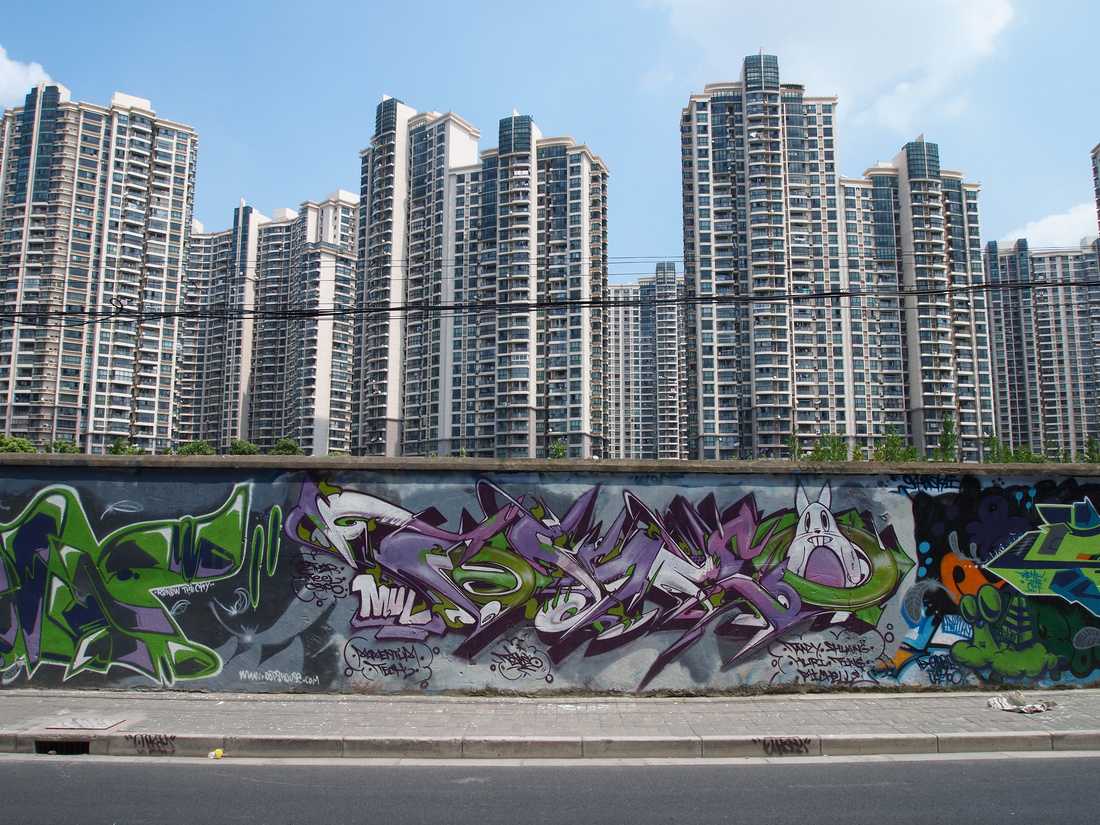ALELUIA... pensei que era o único a reparar... E A RECLAMAR!!!!
CIRCULE COM PRECAUÇÃO NAS ESTRADAS DE
PORTUGAL
Numa atitude segura e
responsável, respeite e incentive os demais condutores a Circular pela Via
da Direita nas Estradas de Portugal
O semanário MUNDO PORTUGUÊS, em colaboração com a Autoridade Nacional de Segurança Rodoviária, Guarda Nacional Republicana, Prevenção Rodoviária Portuguesa, a Infraestruturas de Portugal e a BRISA, lança este Verão uma campanha de prevenção rodoviária intitulada CIRCULE PELA VIA DA DIREITA NAS ESTRADAS DE PORTUGAL.
Nos anos mais recentes assistiu-se à construção de estradas com 3 vias de rodagem o que veio a originar muitas vezes maus hábitos de condução. De uma forma surpreendente muitos condutores praticamente deixaram de usar a via da direita que é onde é obrigatório circular.
Segundo o artigo 13º do Código da Estrada, é dito de forma clara:
1 – O trânsito de veículos deve fazer-se pelo lado direito da faixa de rodagem e o mais próximo possível das bermas ou passeios, conservando destes uma distância que permita evitar acidentes.
2 – Quando necessário, pode ser utilizado o lado esquerdo da faixa de rodagem para ultrapassar ou mudar de direção.
Em estradas com 3 vias, naturalmente, as faixas da esquerda só podem ser usadas em situação de ultrapassagem ou mudança de direção. Tem-se assistido a uma degradação significativa da segurança na circulação nestas vias, tendo em muitos casos originado acidentes e um perigo crescente na via publica que urge por fim na salvaguarda do interesse e defesa de todos.
Para mais
informações: campanha@mundoportugues.pt
Tel. (+351) 21 795 76 68 /9
Av. Elias Garcia, 57 - 7º · 1049-017 · Lisboa - Portugal
Av. Elias Garcia, 57 - 7º · 1049-017 · Lisboa - Portugal
http://www.mundoportugues.tv/mp119/




















